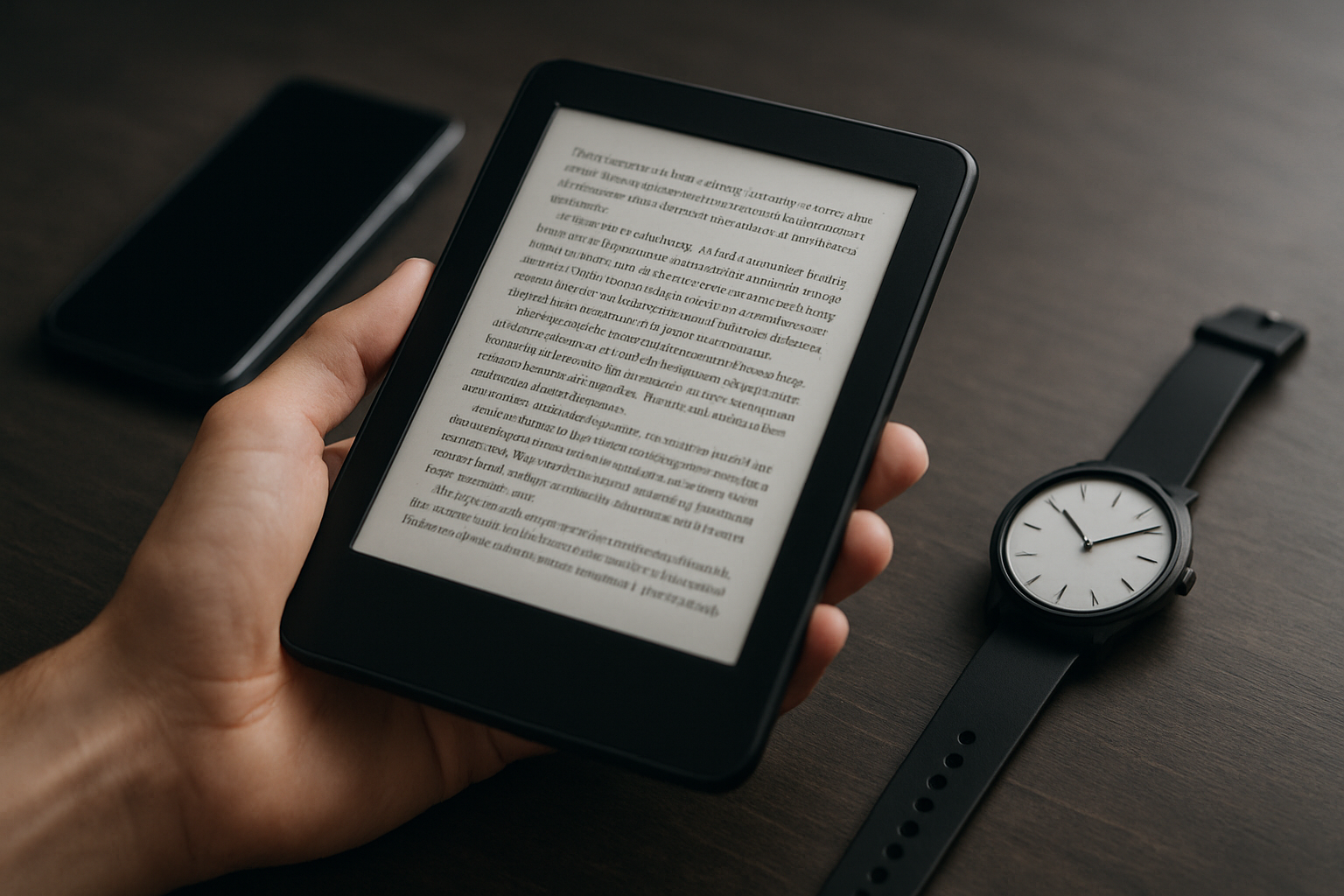E-ink: The Future of Display Technology
For years, the world has been riddled with the question: can technology ever recreate the beauty of the written word on paper? Can it mimic the immersive experience of leafing through pages, basked in the soft, non-glare light, in a digital format? Enter e-ink or electronic ink, a technology that offers a near-identical reading experience to paper, only better.

A Brief History of E-ink
E-ink is a type of electronic paper display technology characterized by high visibility and contrast, a wide viewing angle, and low power requirements. The technology was developed in the 1990s at the Massachusetts Institute of Technology’s Media Lab. The first e-ink product to hit the market was the Sony Librié EBR-1000EP e-book reader in 2004, but it was Amazon’s Kindle, released in 2007, that brought e-ink into the mainstream.
How E-ink Works
Unlike traditional screens that use power to maintain an image, e-ink screens are ‘bi-stable’, meaning they only use power when the image changes. This makes e-ink displays incredibly energy-efficient. The display is made up of millions of tiny microcapsules, each containing positively charged white particles and negatively charged black particles suspended in a clear fluid. When a positive or negative electric field is applied, the corresponding particles move to the top of the microcapsule, creating the image you see.
E-ink in Today’s World
E-ink technology is no longer limited to e-readers. It’s now being used in smartphones, smartwatches, and even electronic shelf labels in supermarkets. The YotaPhone, a smartphone with an e-ink display on one side and a regular LCD on the other, is a notable example. The advancement in color e-ink technology has also opened up opportunities for it to be used in digital signage and retail displays.
Predicted Market Impact
The market for e-ink display is expected to grow significantly in the coming years. According to a report by Markets and Markets, the e-paper display market is expected to reach $4.25 billion by 2023, growing at a CAGR of 13.5% between 2017 and 2023. The low power consumption, coupled with the increasing demand for on-the-move information, is expected to drive this growth.
The Future of E-ink
The potential of e-ink is enormous. Researchers are currently working on developing flexible e-ink displays that could be used to make foldable e-readers, smart clothing, and other wearable tech. Some are even exploring the possibility of using e-ink to create temporary digital tattoos that could connect to your smartphone.
In a world where screen time is increasing, and the physical strain of staring at a brightly lit screen is a growing concern, e-ink offers a welcome respite. It blends the digital and physical world to provide a comfortable, paper-like reading experience that could redefine the future of display technology.





